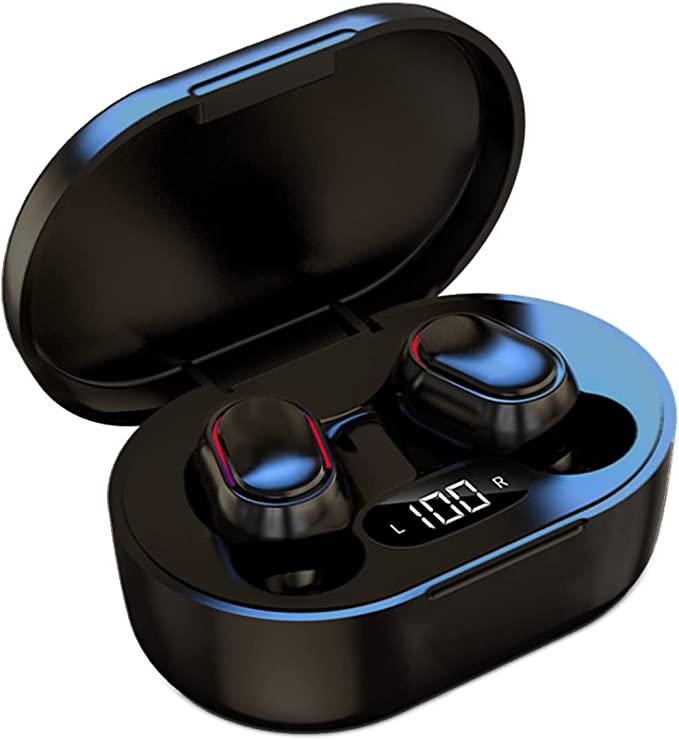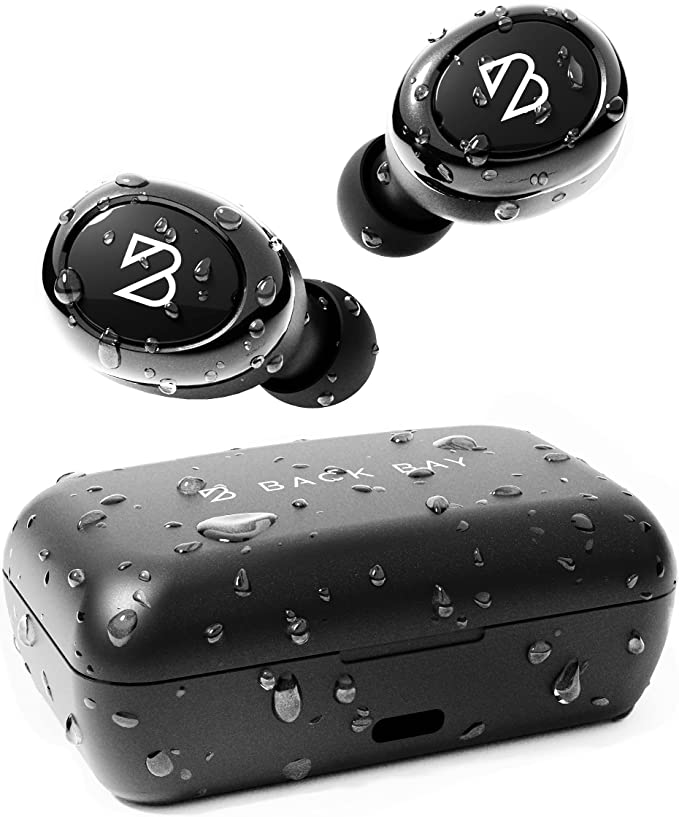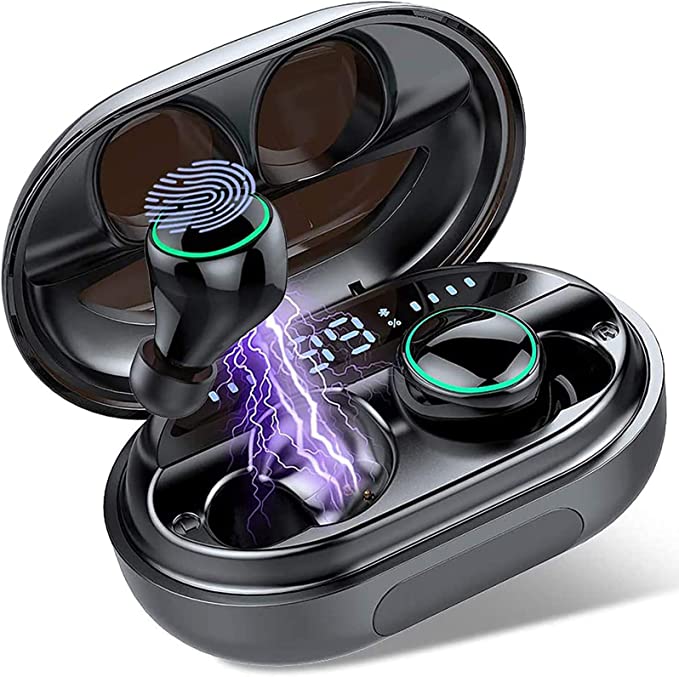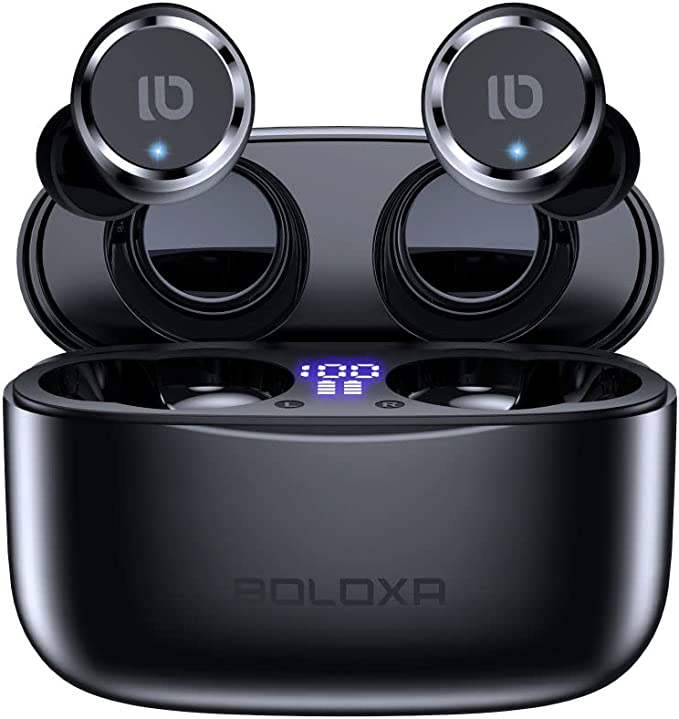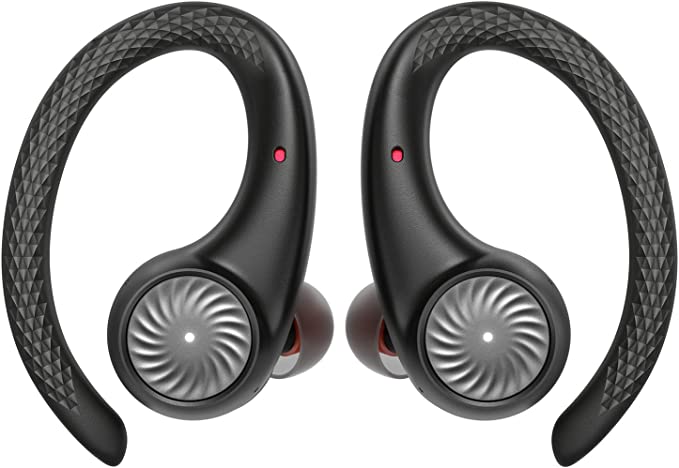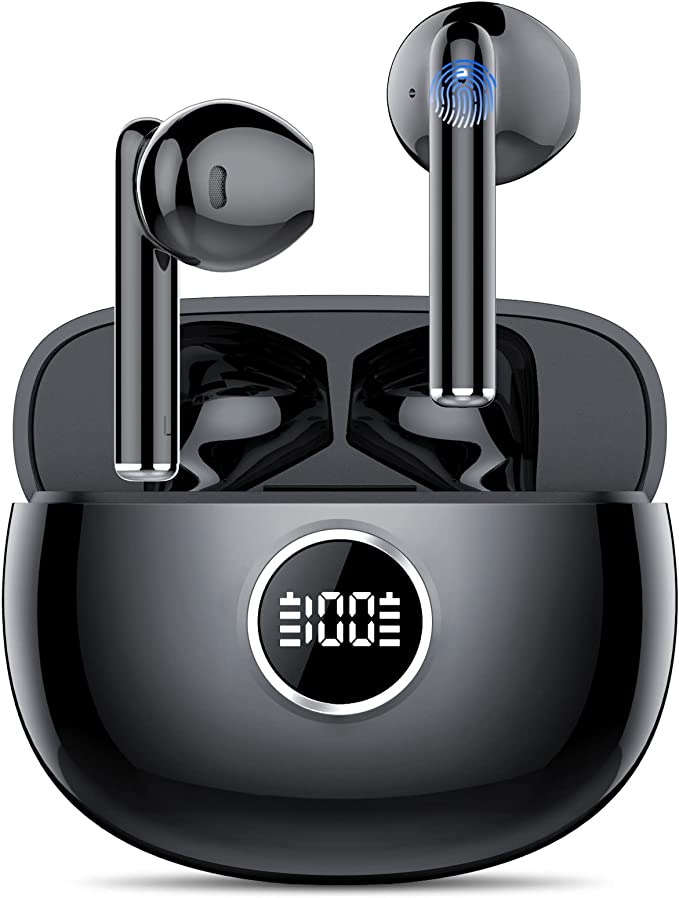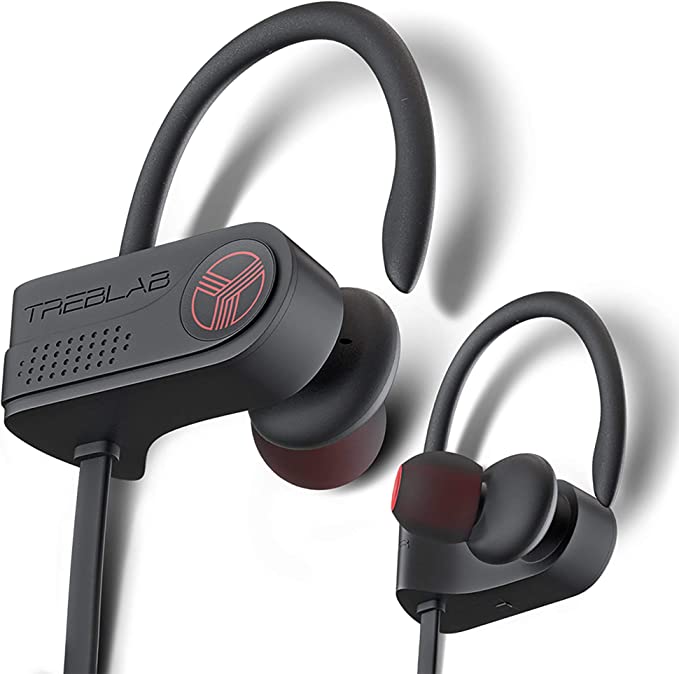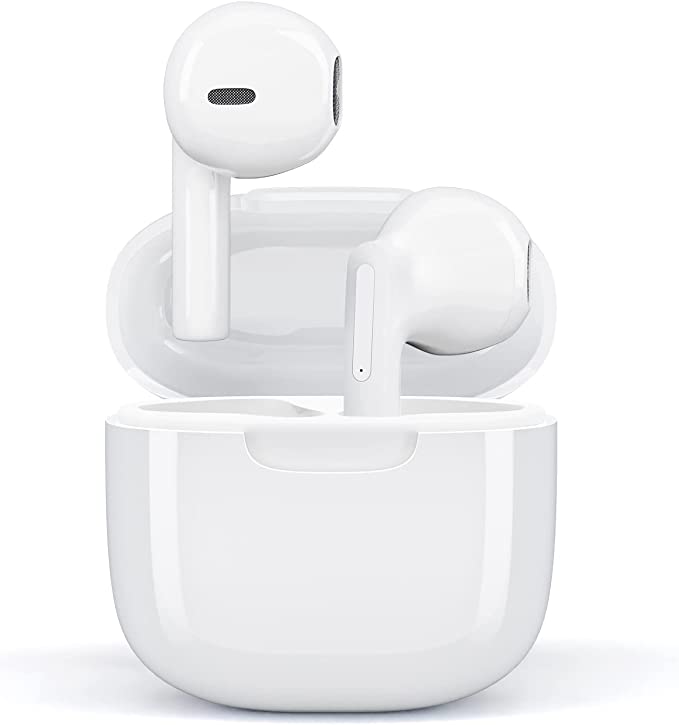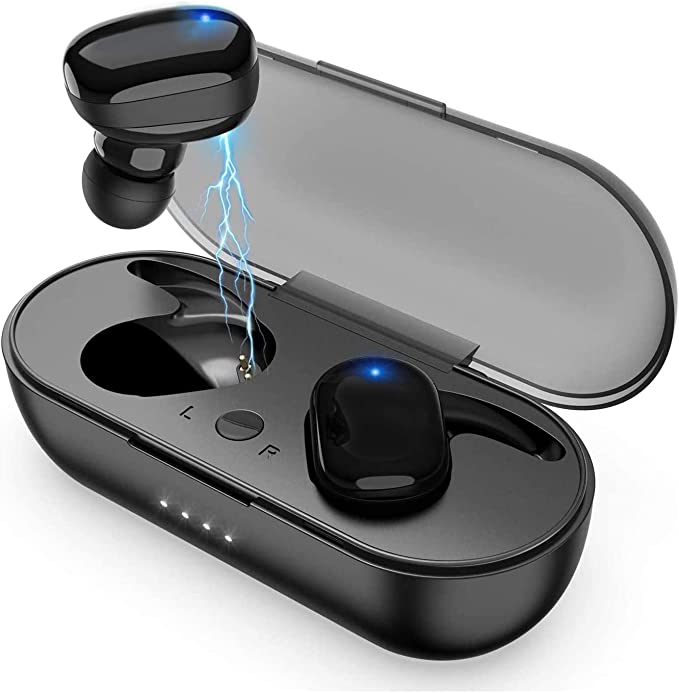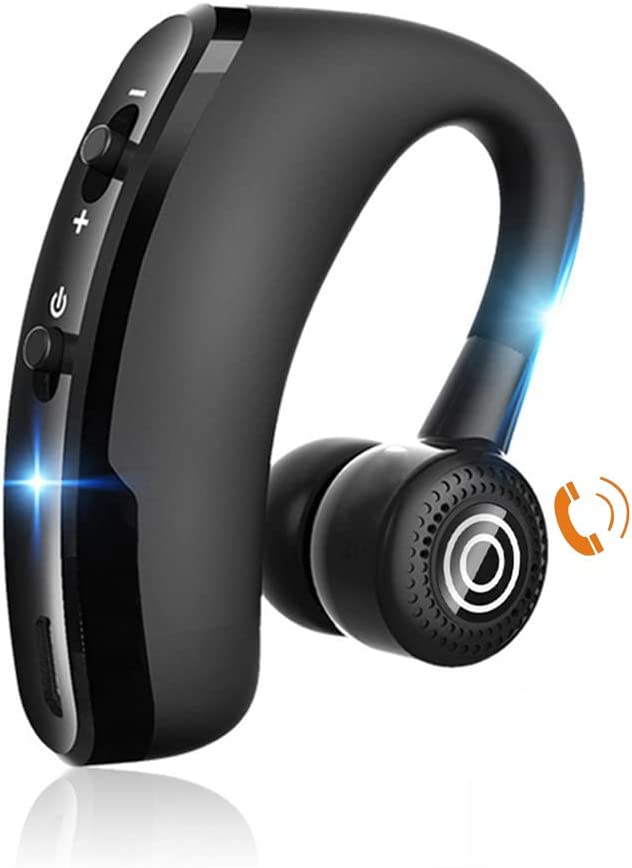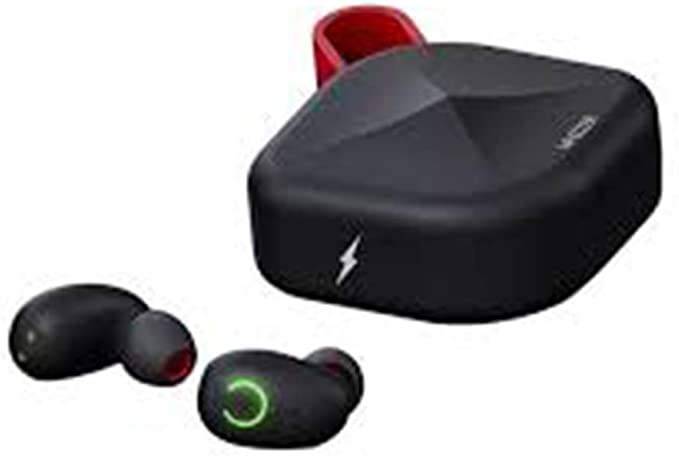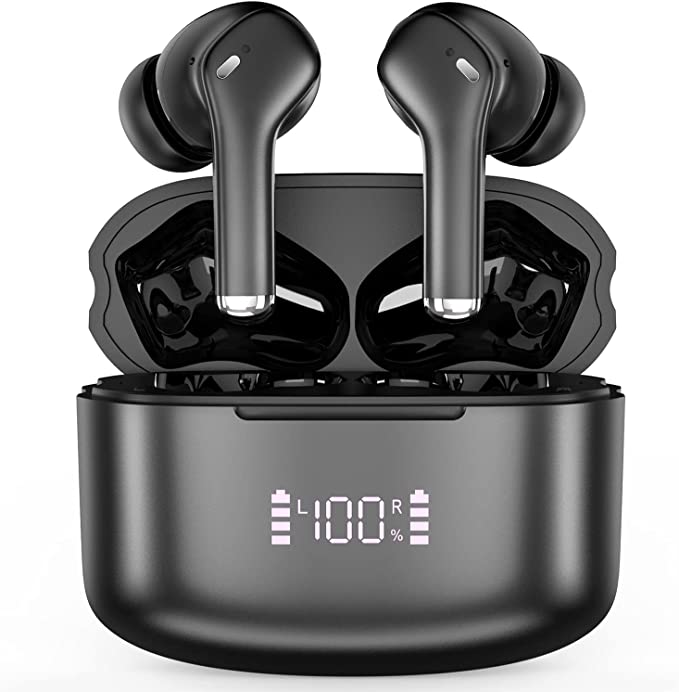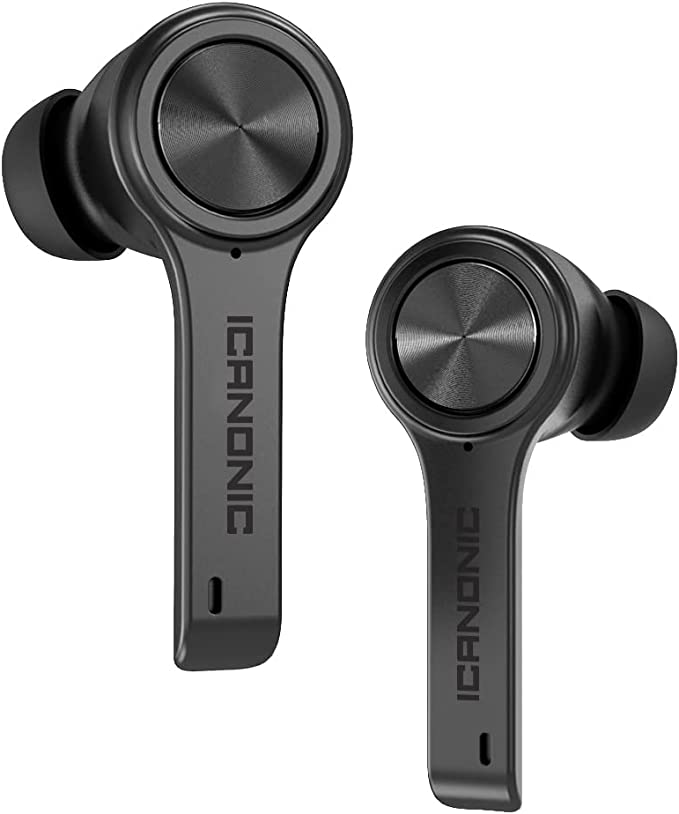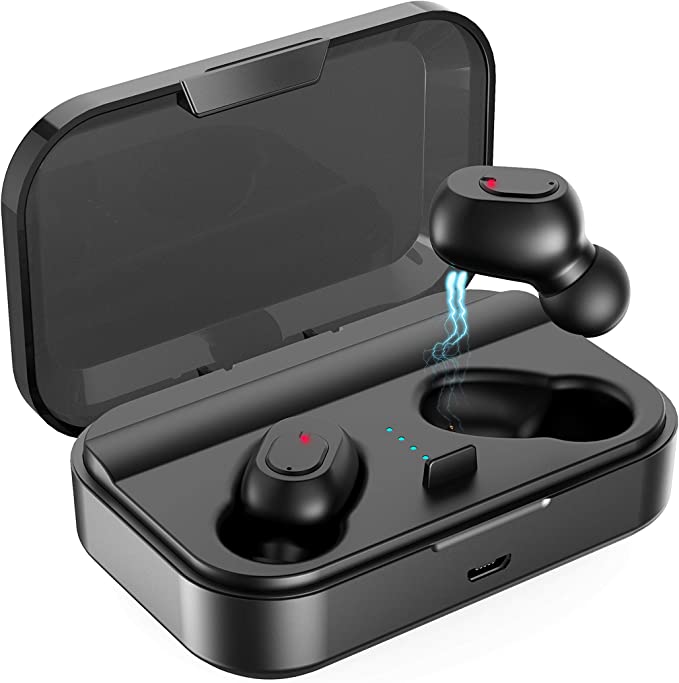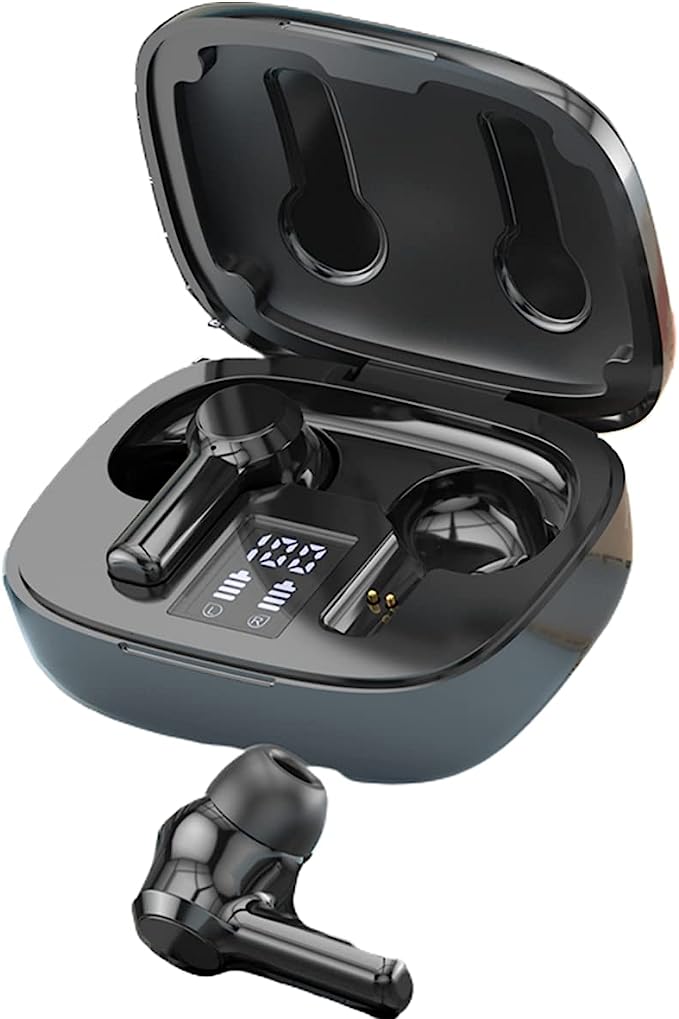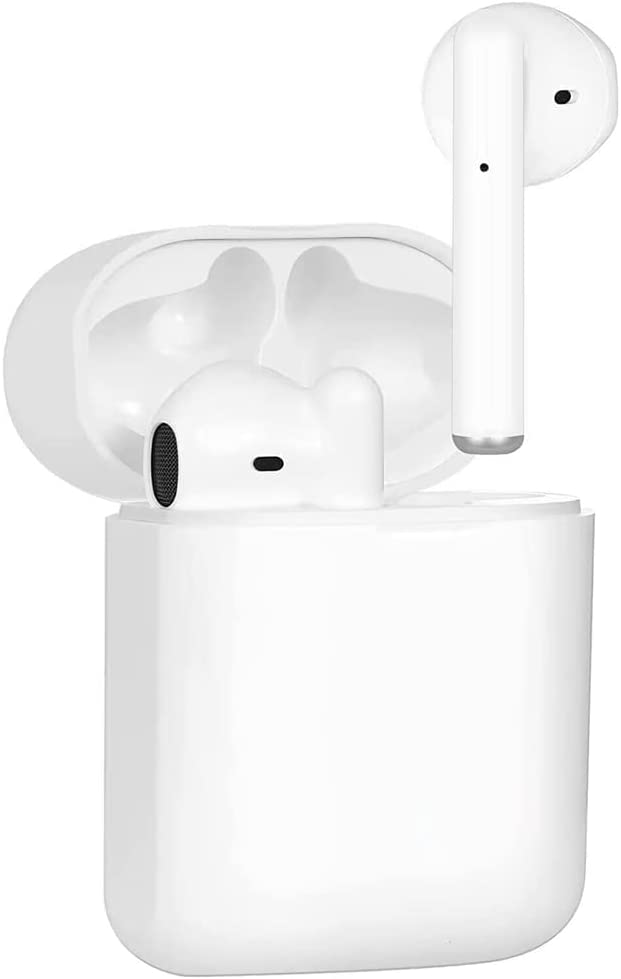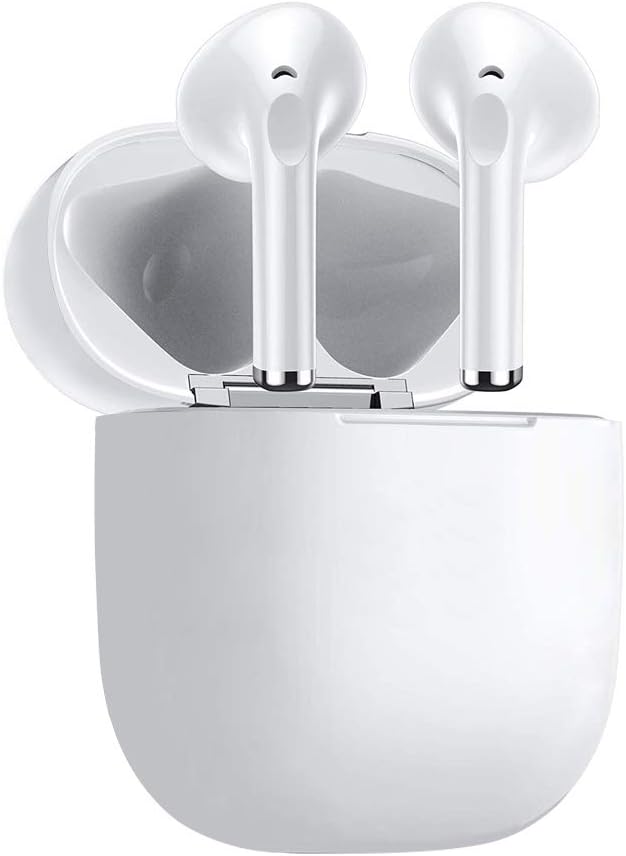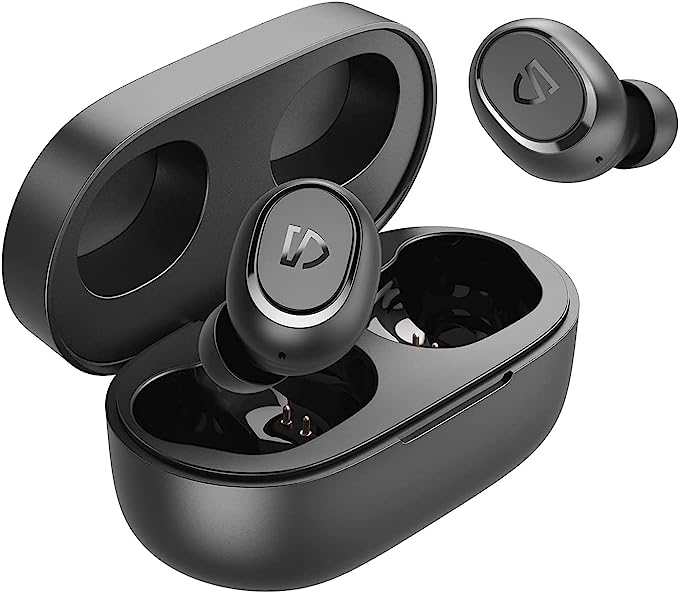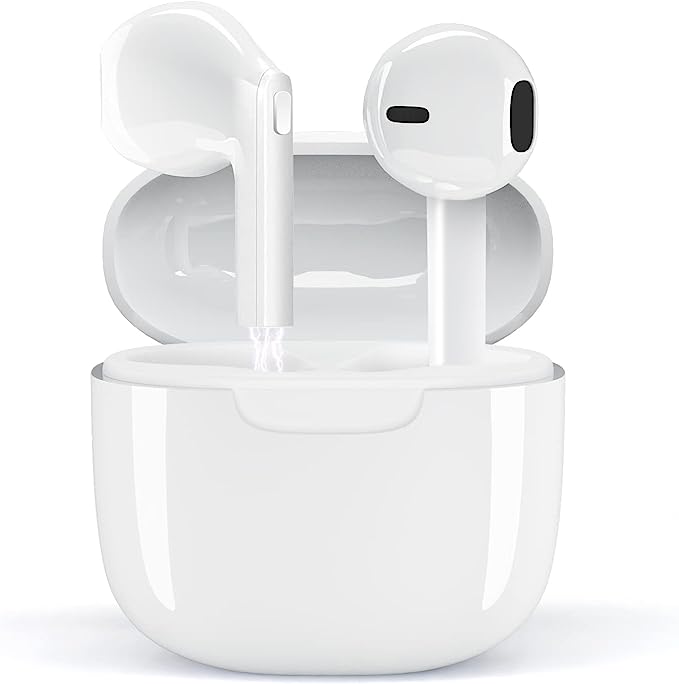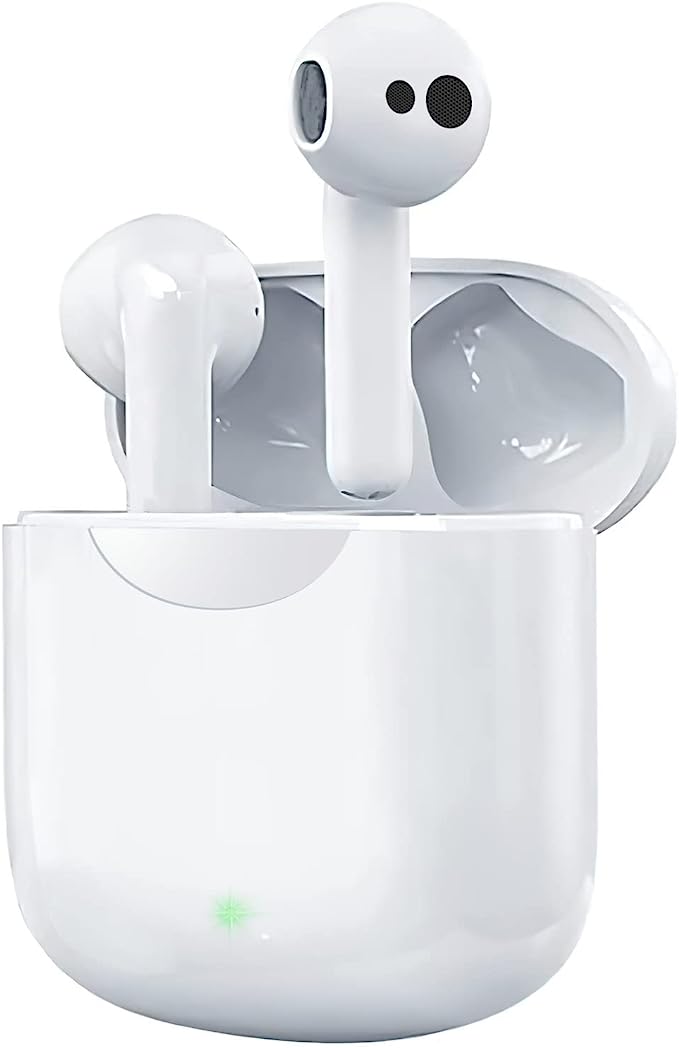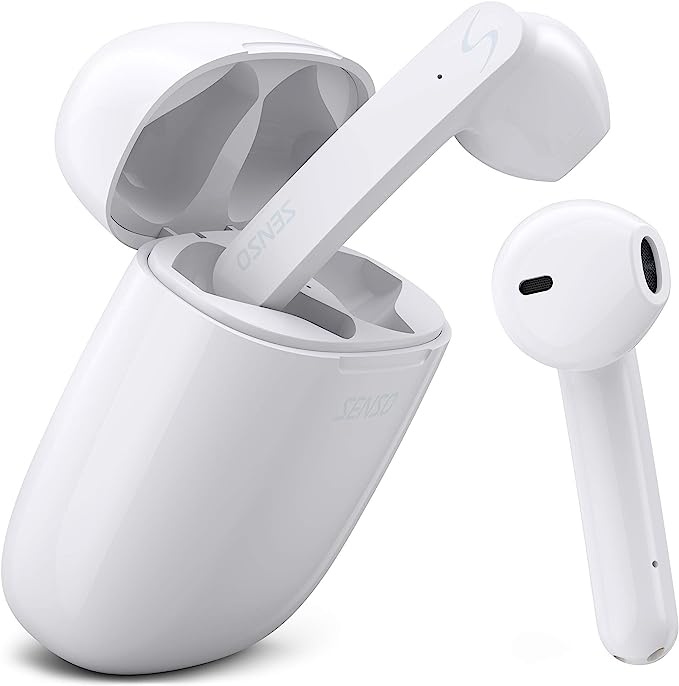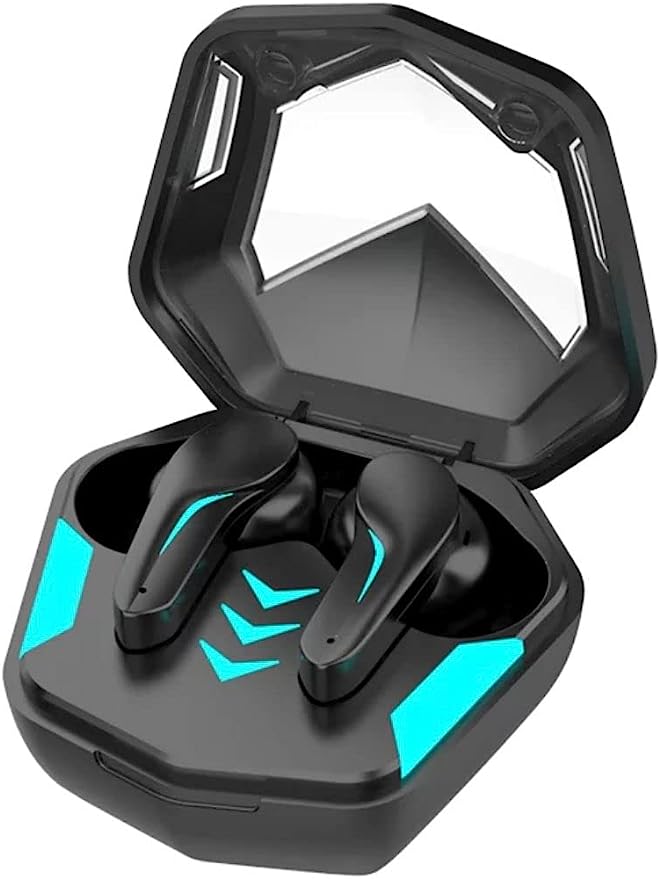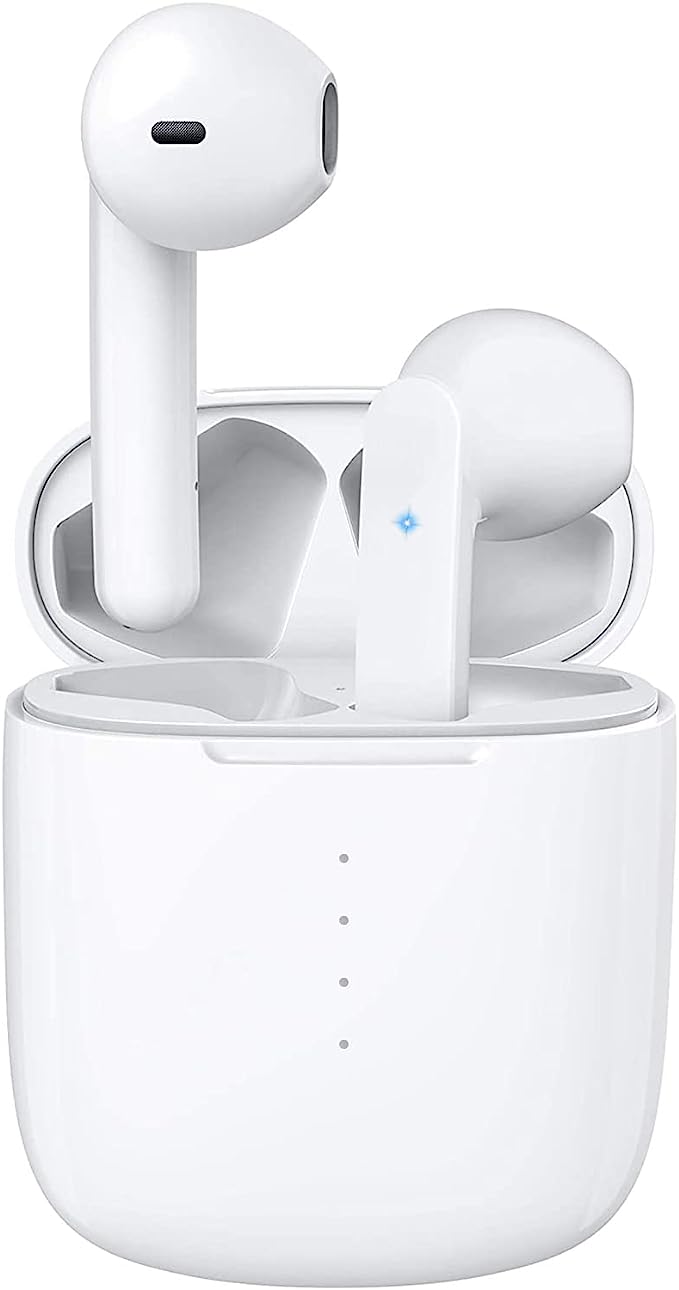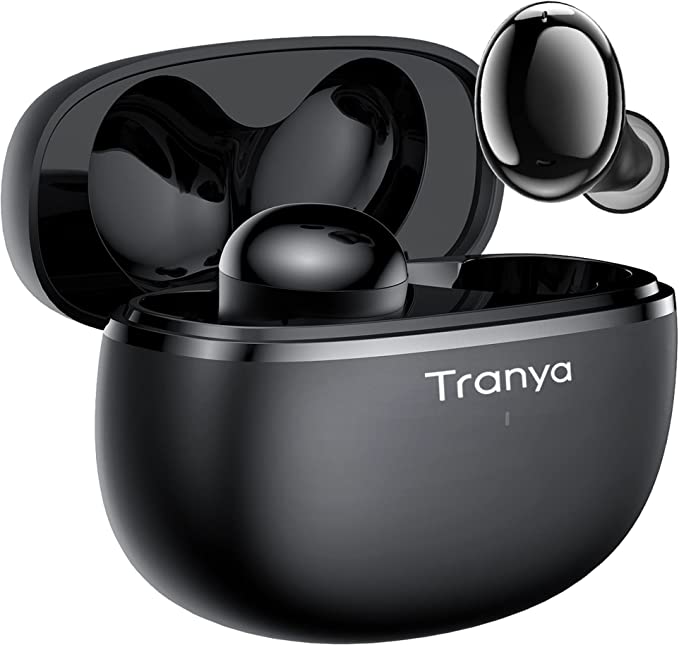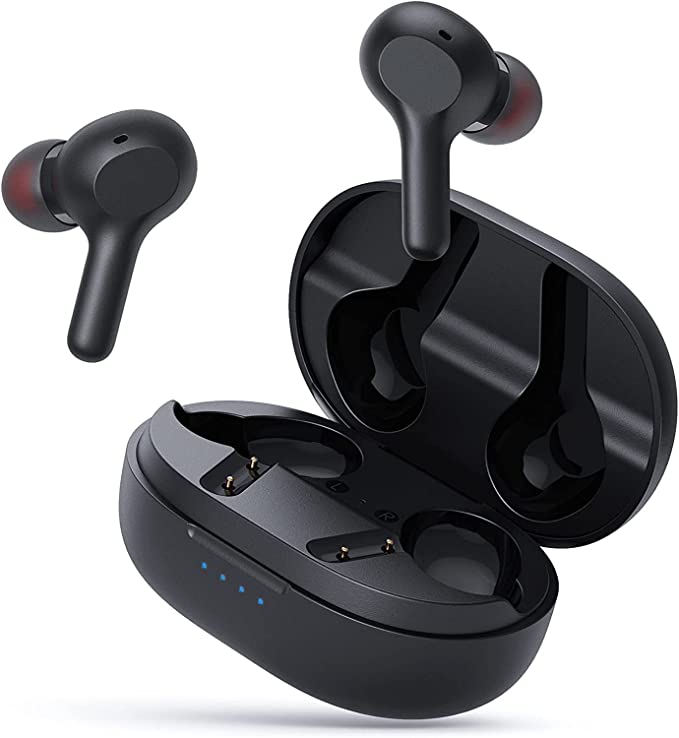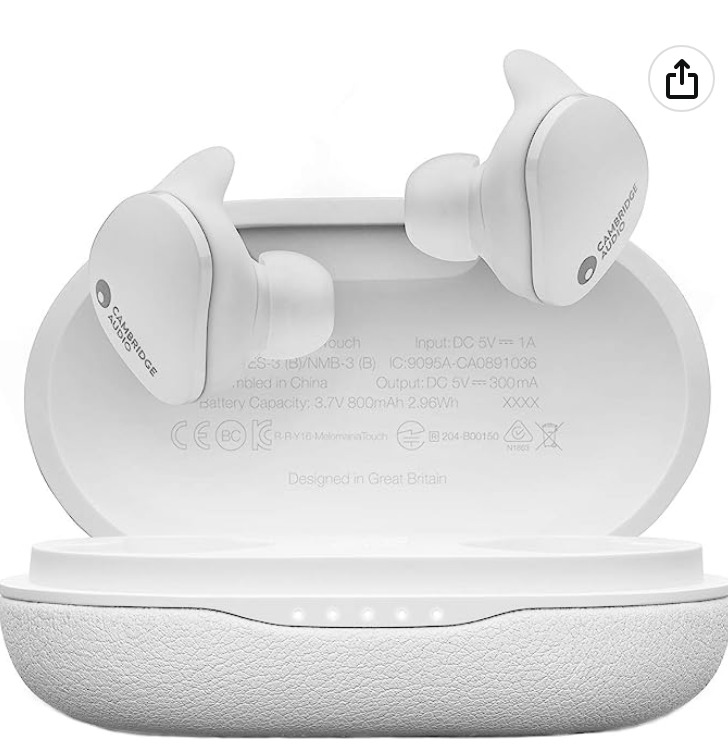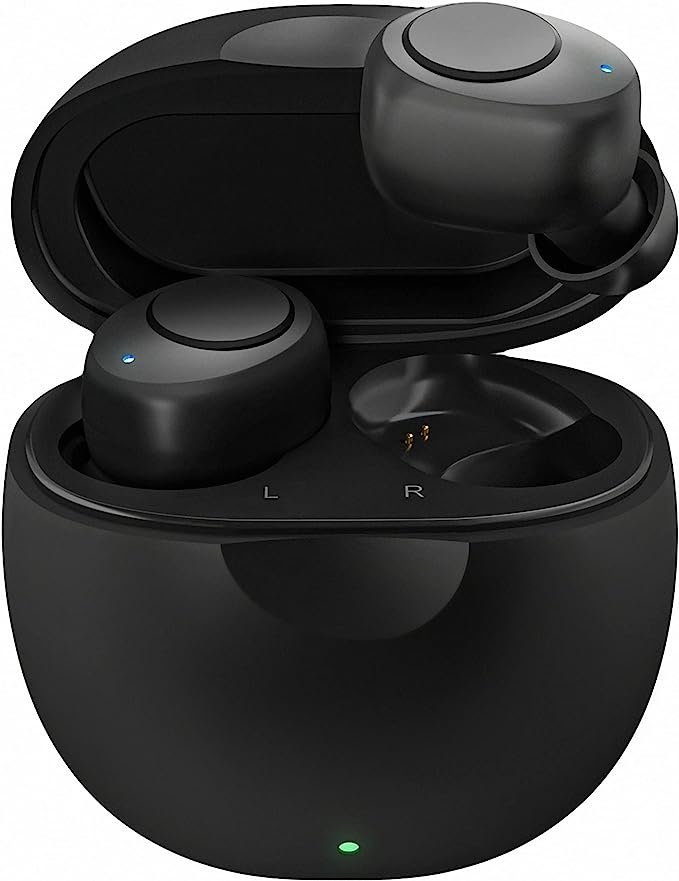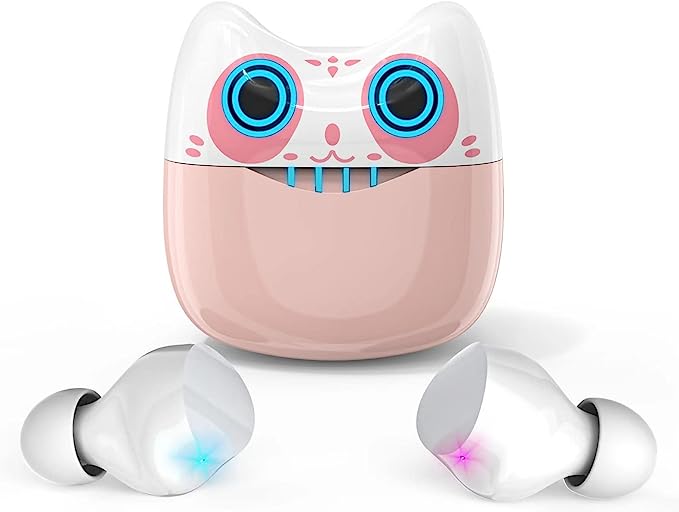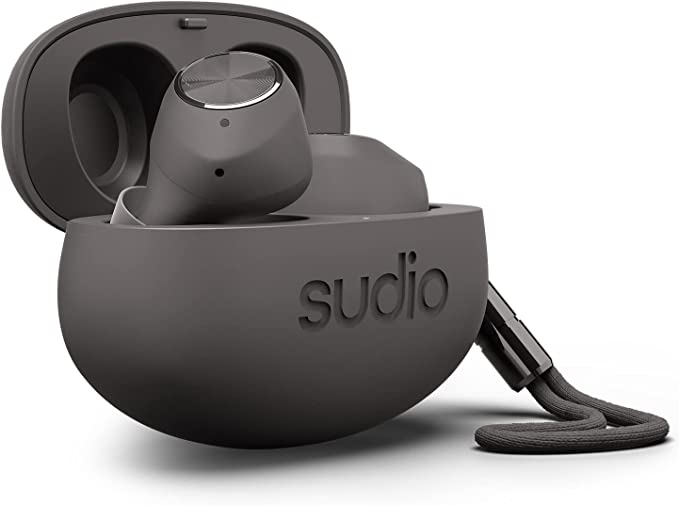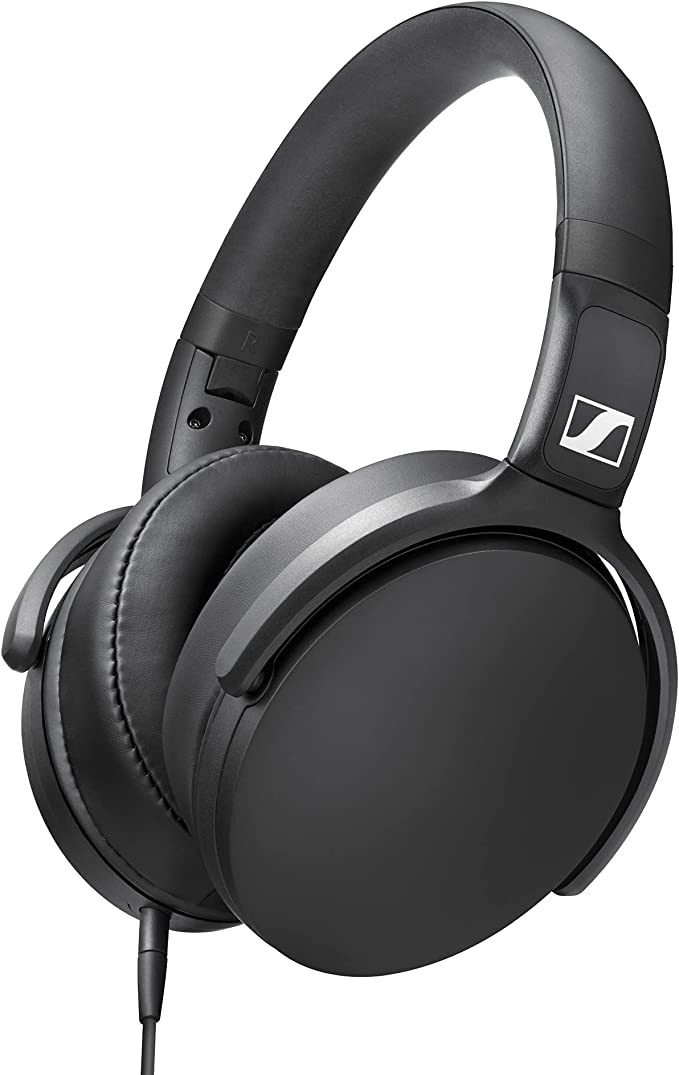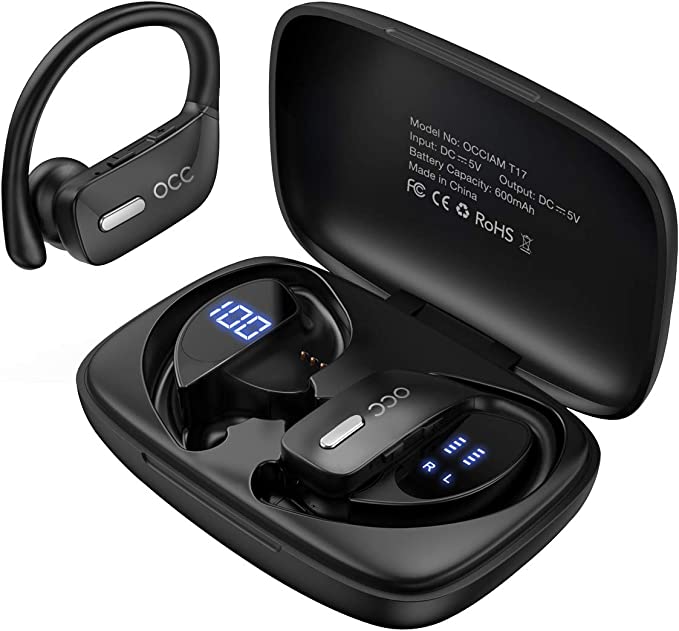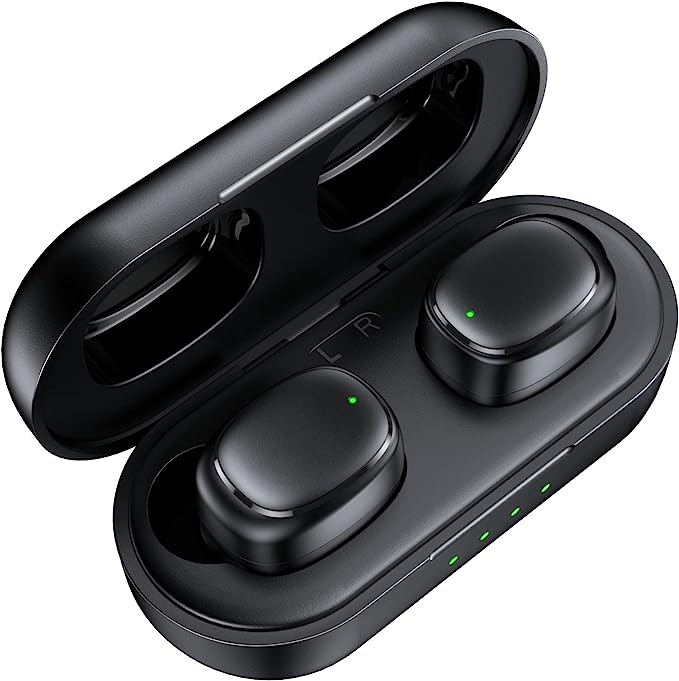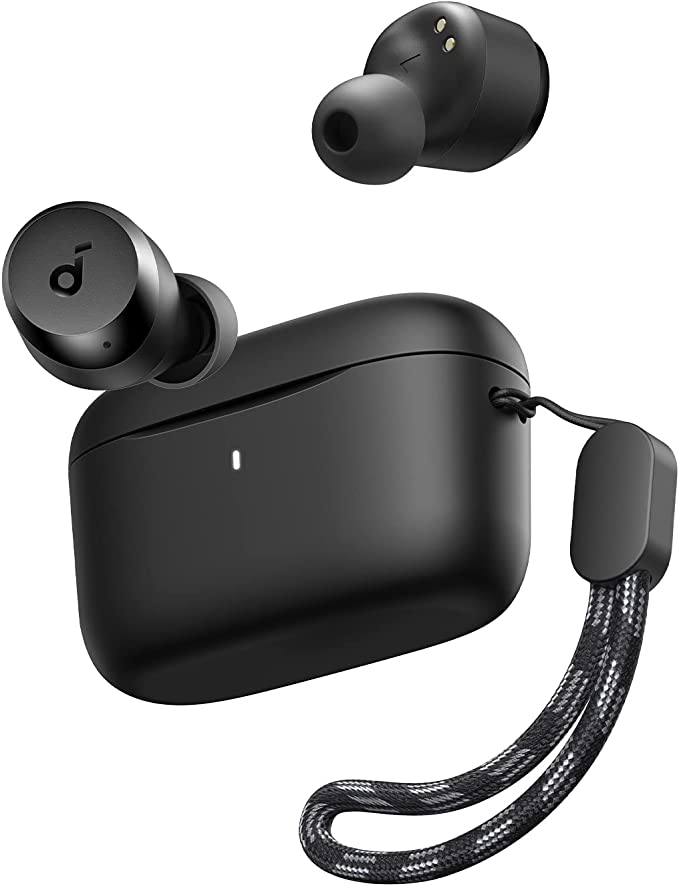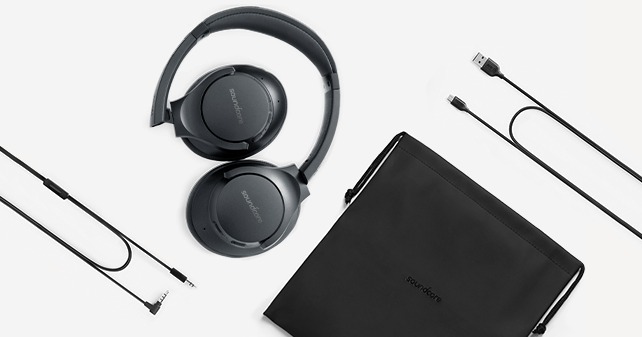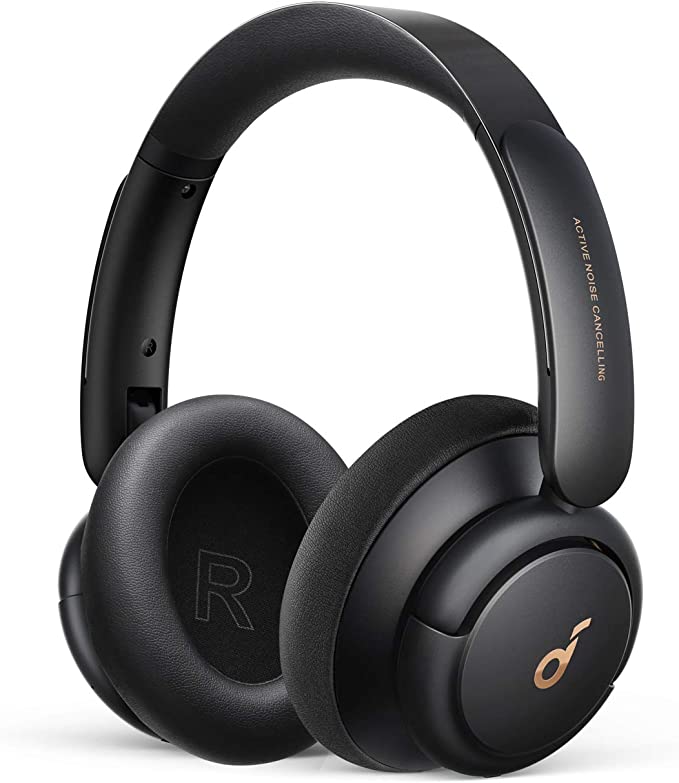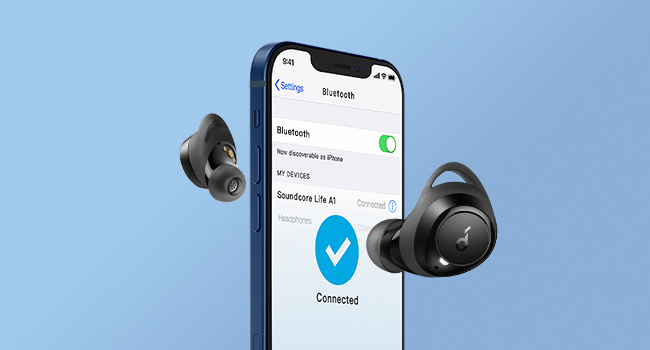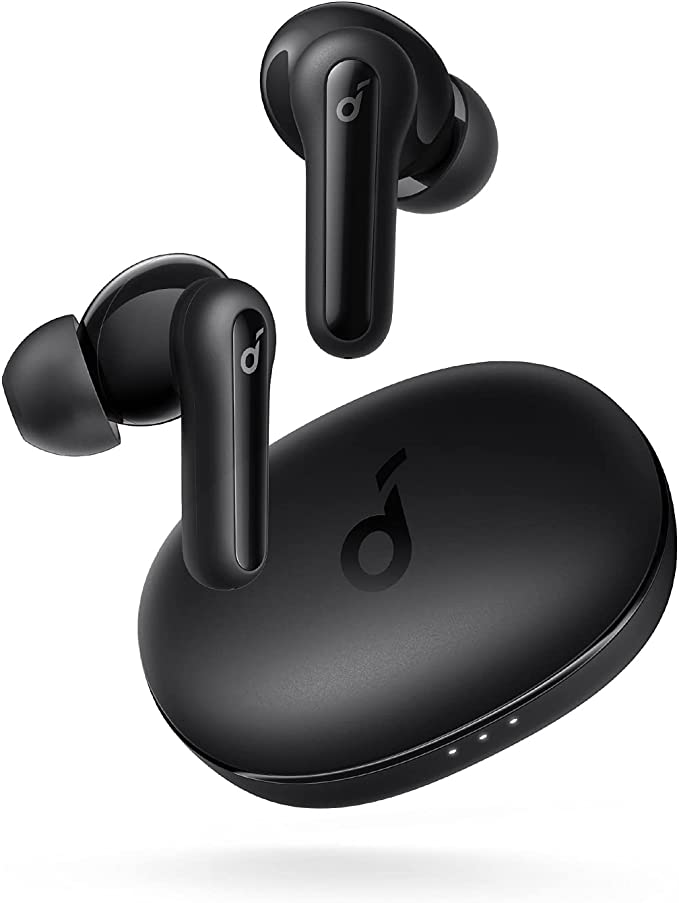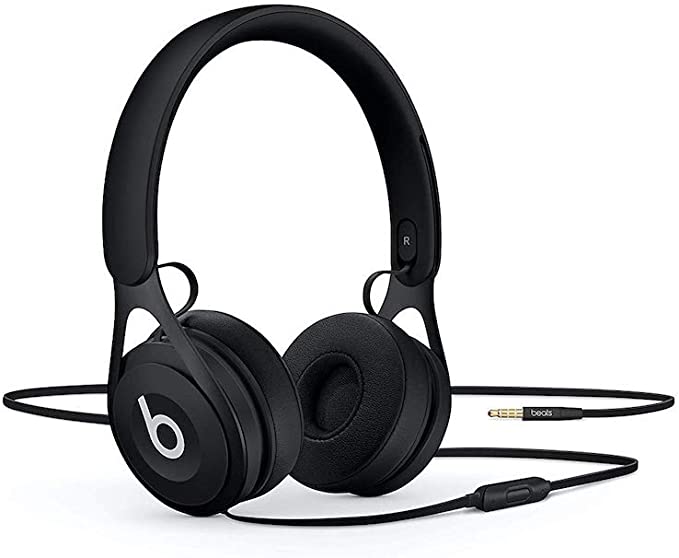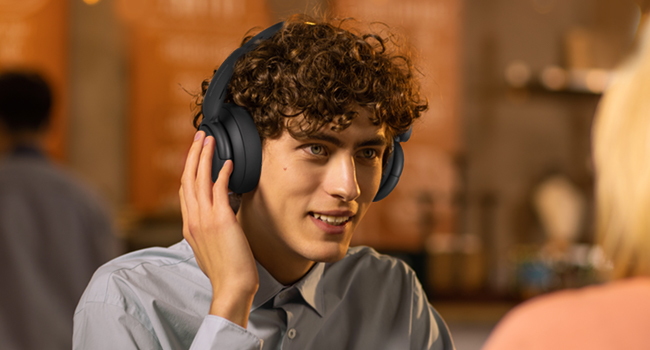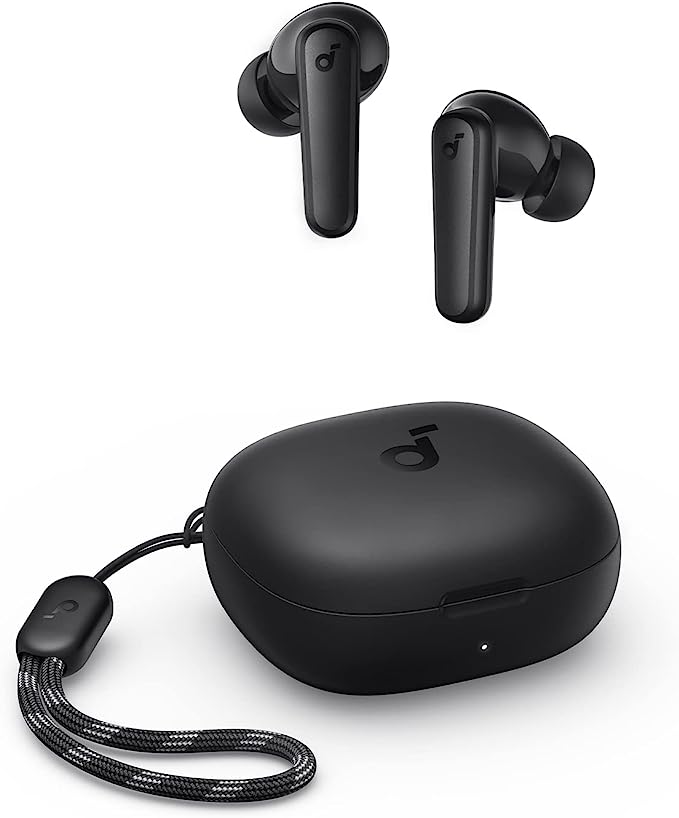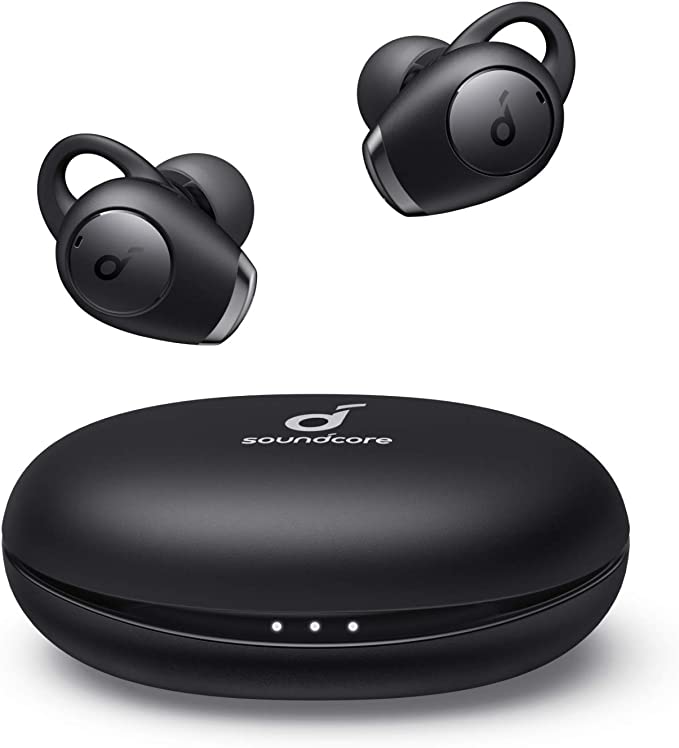Untangling the Tech: A Closer Look at the miumiupop T8 Wireless Earbuds
Update on April 14, 2025, 4:35 a.m.
The world has decidedly cut the cord. Walk down any street, sit in any cafe, or browse any gym, and you’ll see them: wireless earbuds, tiny conduits of sound offering freedom from the tyranny of tangled wires. They’ve become ubiquitous, almost an extension of our digital selves. Among the countless options that have emerged is the miumiupop T8, a model described with a familiar set of features. While this particular product is currently listed as unavailable, the technologies it claims to house – Bluetooth 5.0, True Wireless Stereo (TWS), CVC 8.0 noise reduction for calls – are foundational to the wireless audio experience many of us rely on daily.
Instead of a traditional review of an unavailable product, let’s use the miumiupop T8’s blueprint as a lens. Our goal? To unpack the science and design principles behind these common features. Understanding what goes on inside these tiny devices empowers you, whether you’re troubleshooting your current pair or navigating the crowded market for your next ones. So, let’s peer “beyond the box” and decode the tech.

The Invisible String: Bluetooth 5.0 Connectivity
At the very heart of any wireless earbud lies Bluetooth technology. Think of it as a reliable, invisible digital string connecting your earbuds to your phone, tablet, or laptop. The miumiupop T8 specifies Bluetooth 5.0. But what does that number really mean? Bluetooth standards evolve, and version 5.0, compared to its predecessors like 4.x, generally offers improvements under the hood – potentially faster data transfer, more stable connections over a slightly longer range, and better power efficiency (this is common knowledge about the standard). These enhancements aim to create a smoother, less frustrating listening experience.
For the T8, the description highlights an “upgraded 5.0 Bluetooth chip” intended to facilitate features like “automatic boot and matching.” The idea is simple: once you’ve paired the earbuds initially (the digital handshake), they should automatically turn on and reconnect to your device when you take them out of their charging case. This removes a small friction point, making them quicker to use. The source also mentions a Bluetooth distance of 9 meters (about 30 feet). It’s crucial to remember this is typically an ideal range, measured in open space. Walls, interference from other devices (like microwaves or even other Bluetooth gadgets), and even your own body can reduce the practical, stable connection distance.

Two Ears, True Freedom: The Magic of TWS
The term “TWS,” or True Wireless Stereo, is key. Early wireless headphones often still had a wire connecting the two earpieces. TWS eliminates that final tether. How? Imagine instead of one main messenger delivering sound and relaying it to an assistant in the other ear, TWS (in many modern implementations) allows for two independent messengers, each receiving the signal directly from your phone. This architecture is what gives you that feeling of complete freedom.
The miumiupop T8 description emphasizes this flexibility with features like “Auto Switch” between using both earbuds (binaural mode for stereo sound) and just one (monaural mode), and the ability to “Random Use Single Earbud.” This isn’t just a gimmick; it offers real-world advantages. You might use only one earbud while on a call to stay aware of your surroundings (important for safety when walking or driving), or perhaps to effectively double your listening time by using one bud while the other charges in its case. The promise of “Auto Switch” is a seamless transition between these modes, adapting instantly to how you choose to use them.

Sound Meets Skull: The Ergonomics Equation
How an earbud feels and fits in your ear is profoundly important, impacting not just comfort but also sound quality. The T8 is described as having an “Ergonomic and lightweight design,” aiming for a “comfort fit” that “stays firmly in your ear.” Ergonomics in earbud design is the science (and art) of shaping the device to match the complex contours of the human ear.
Why does this matter so much? Firstly, comfort. A poorly fitting earbud can cause soreness or pressure points, especially during long listening sessions. Secondly, stability. Nobody wants an earbud tumbling out during a commute or a workout. Thirdly, and crucially for audio, the seal. A snug fit within the ear canal creates a physical barrier, providing passive noise isolation – it naturally blocks out some external sounds, much like putting your fingers in your ears. This seal is also vital for bass response. The “Deep Bass” mentioned in the T8’s title relies heavily on this seal; without it, low-frequency sounds leak out, sounding thin and weak.
This is why products like the T8 typically include multiple sizes of ear tips (three sizes mentioned for the T8). Finding the tip that provides both comfort and a good seal for your specific ear shape is paramount. It’s worth noting that fit is highly individual; an ergonomic design aims for broad appeal, but what’s perfect for one person might not be for another. Furthermore, while the T8 title mentions “for Sports,” the specifications clearly state it is “Not Water Resistant.” This is a significant contradiction. Using non-water-resistant earbuds for strenuous, sweaty exercise or in the rain carries a high risk of damage.
The Power Pack: Battery Life and Charging
Wireless means battery-dependent. The T8 earbuds themselves are listed with a 50mAh (milliampere-hour) battery capacity each. Think of mAh like the size of a tiny fuel tank. The description claims this provides “up to 5 hours” of music playtime on a single charge. (Interestingly, another section in the product information lists “Talk time: 6 hours,” highlighting a potential inconsistency in the provided data).
Five hours might not cover a full workday or a long trip, which is where the charging case comes in. The T8’s case has a 300mAh capacity. It acts as a protective shell and, more importantly, a portable power bank. The claim is that this case can recharge the earbuds an additional four times, significantly extending the total potential listening time before the case itself needs plugging in (via an included cable). An “LED Display” is mentioned, likely located on the case to provide visual cues about the case’s remaining charge or the earbuds’ charging status.
However, it’s absolutely vital to approach battery life claims with realistic expectations. “Up to 5 hours” is usually an optimistic figure achieved under specific test conditions (moderate volume, efficient audio codec, stable connection). Real-world usage – higher volumes, less efficient codecs, frequent reconnections, or even cold weather – can noticeably reduce actual playtime.
“Can You Hear Me Now?”: Decoding CVC 8.0 for Calls
Many of us use earbuds for phone calls as much as for music. The T8 features a built-in microphone and highlights “CVC 8.0 intelligent noise reduction” aiming for “HD call effects.” It’s crucial to understand what CVC (Clear Voice Capture) does, and what it doesn’t do. CVC technology focuses entirely on the microphone system. Imagine the microphones cupping their digital ‘ears’ to focus intently on your voice while actively trying to filter out the ambient noise around you – the coffee shop chatter, the traffic rumble, the office hum. The goal is to make your voice sound clearer and less muffled to the person on the other end of the call.
CVC (currently version 8.0 being a common iteration) uses algorithms, often aided by multiple microphones on the earbuds, to distinguish your speech from background noise. This is fundamentally different from ANC (Active Noise Cancellation). ANC works to cancel out noise for you, the listener, creating a quieter listening experience for music or podcasts. CVC works to clean up the audio you are sending out. So, the T8’s CVC 8.0 is designed to improve your call clarity for others, particularly in noisy environments.

Controlling Your Sound (A Note on Interaction & Experience)
How you interact with your earbuds matters. The T8’s main title clearly states “Button Control.” However, digging into the “Additional details” section reveals “Control Method: Touch.” This is another inconsistency in the provided product information. Buttons offer tactile feedback, reducing accidental presses, while touch controls can feel more seamless but are sometimes prone to mis-taps, especially with wet hands or during exercise. Without clarification, potential users would be unsure which method the T8 actually employs.
Beyond controls, the overall user experience includes auditory feedback. Interestingly, user reviews for the T8 (in the provided source text) mention voice prompts being in Chinese. While not a technical flaw per se, it highlights the importance of localization – ensuring prompts and interfaces are in the user’s language – for a positive and intuitive experience in a specific market like North America.

Concluding Thoughts: Understanding Your Wireless World
The miumiupop T8 Wireless Earbuds, based on their description, aimed to bundle several now-standard technologies: Bluetooth 5.0 for the core connection, TWS for untethered stereo freedom, an ergonomic design focus for comfort and sound, a charging case for extended power, and CVC 8.0 to enhance call clarity.
While this specific product is currently unavailable, the exercise of dissecting its claimed features serves a broader purpose. Understanding what Bluetooth versions imply, how TWS works, why ergonomic fit is critical (and personal), the realities of battery life claims, and the difference between CVC and ANC – this knowledge is invaluable. It transforms you from a passive consumer into an informed user, better equipped to evaluate any pair of wireless earbuds, ask the right questions, and ultimately choose the device that truly fits your needs and delivers on its technological promises. The invisible strings of wireless audio become a little less mysterious, and your listening world, hopefully, a little clearer.
